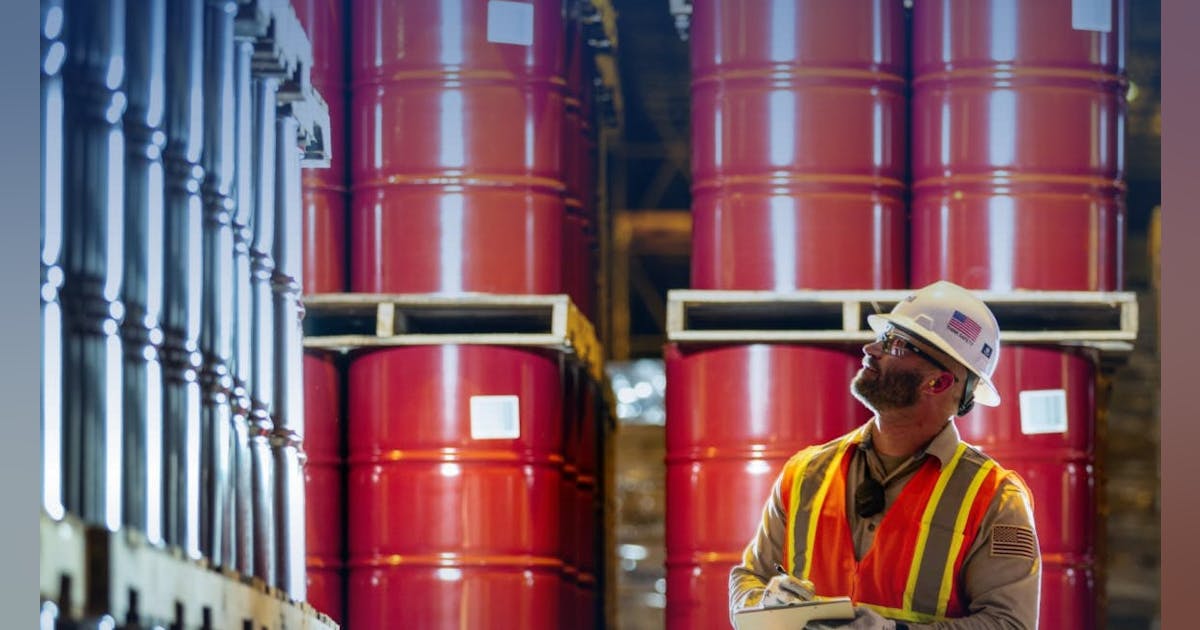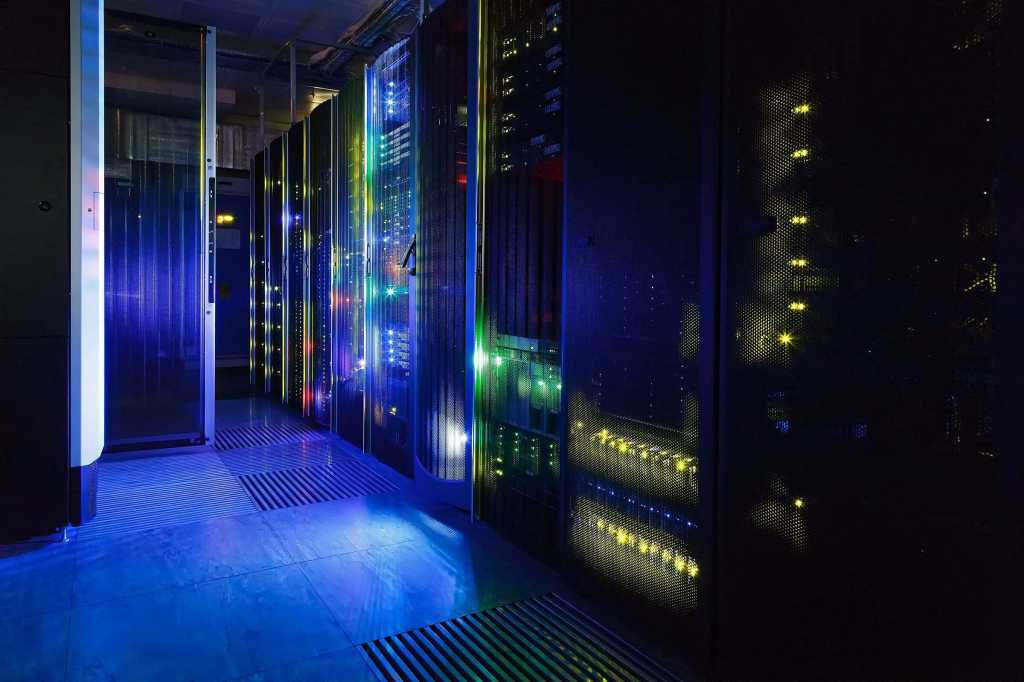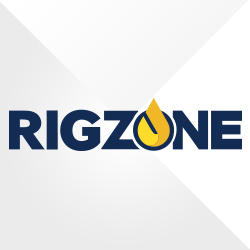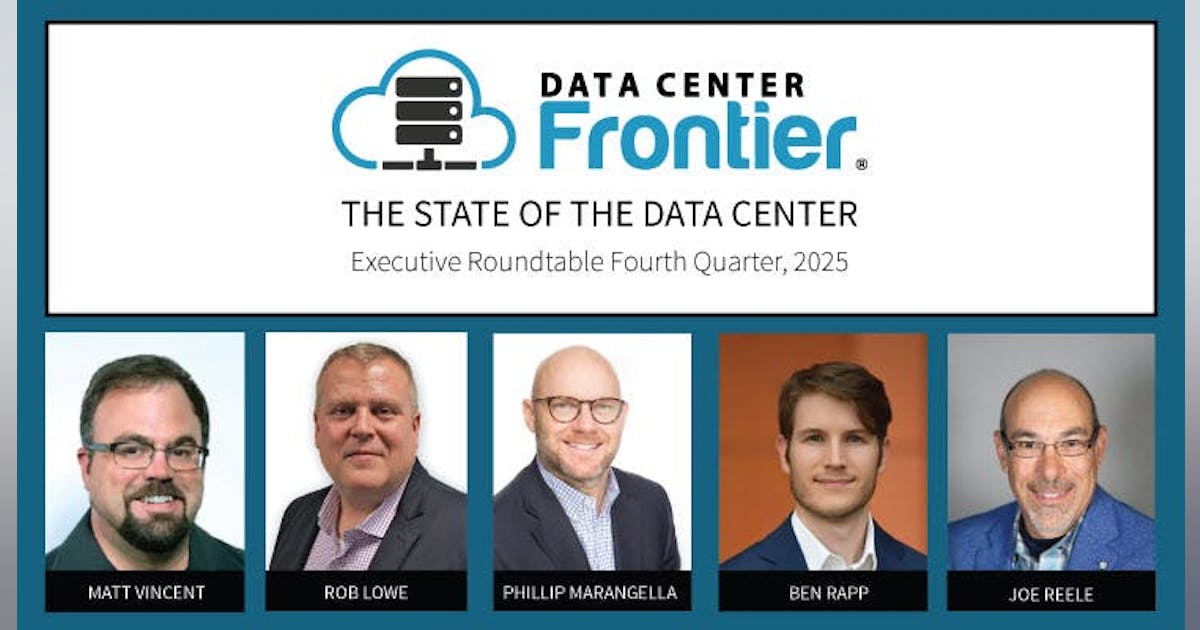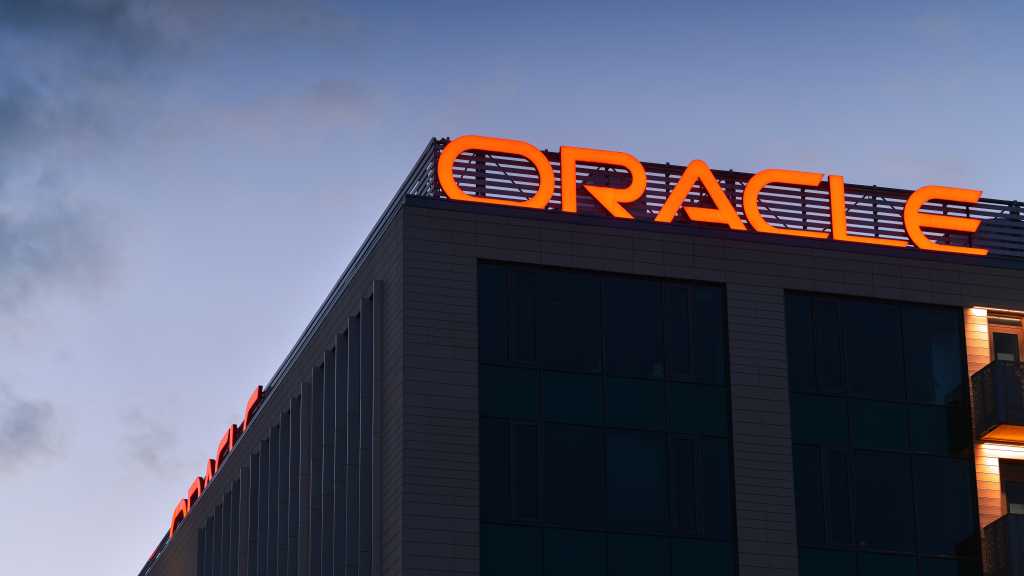
Update: The White House budget office on Wednesday, Jan. 29, rescinded an order freezing federal grants.
Calumet Inc. subsidiary Montana Renewables LLC (MRL) has confirmed that the first tranche of a loan previously approved by the US Department of Energy (DOE) for expansion of a renewable fuels manufacturing plant in Great Falls, Mont., will undergo a ‘tactical delay.’
Finalized as of Jan. 10, $782 million—the first of a two-tranche loan guarantee—was expected to fund eligible expenses MRL previously incurred, upon payment of which MRL was expected to simultaneously make a $150-million equity investment with funds the operator currently holds, Calumet said earlier this month (OGJ Online, Jan. 13, 2025).
Calumet said Jan. 28 that it had been informed by the DOE Loan Programs Office that the initial money will undergo a delay “to confirm alignment with White House priorities.” Calumet said it was informed that the delay “should be days or weeks.”
Questions about Executive Order alignment
Included in Jan. 20 Executive Orders, President Donald Trump pushed to pause federal loans and grants while the new administration conducts reviews to assess alignment with the administration’s policies as applicable by law. A memorandum from the Office of Management and Budget said the freeze pertains to climate change and green energy provisions, but confusion remains.
Late Tuesday, a federal judge temporarily blocked the move for existing programs until Monday afternoon, just minutes before the funding freeze was to go into effect, the Associated Press reported. Judge Loren AliKhan granted an administrative stay in a case, setting a hearing for additional arguments.
In its update regarding the timing of the DOE loan, Todd Borgmann, Calumet’s chief executive officer, said “we are well aligned with White House priorities to support domestic agriculture, energy security, technical innovation and energy independence, all of which play a role in the tremendous bipartisan support this loan has received since its inception.”
“The recently issued Executive Order specifically highlights the importance of biofuels to our nation’s domestic energy policy and energy independence, and we look forward to a quick review confirming that we are aligned with the Administration’s goals.”
According to Calumet and MRL, the MaxSAF expansion is expected to boost the Great Falls biorefinery’s sustainable aviation fuel (SAF) production by more than 700% to about 300 million gal/year to bring the site’s combined SAF-renewable diesel production capacity at the site of 330 million gal/year (OGJ Online, July 10, 2023).

